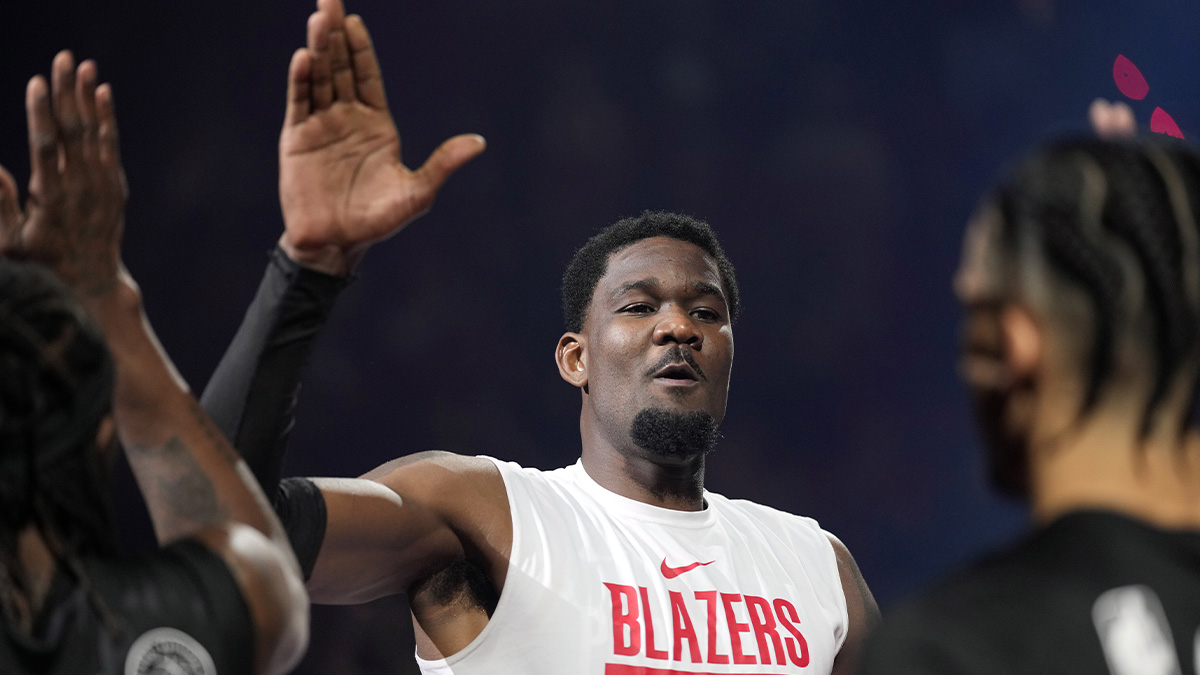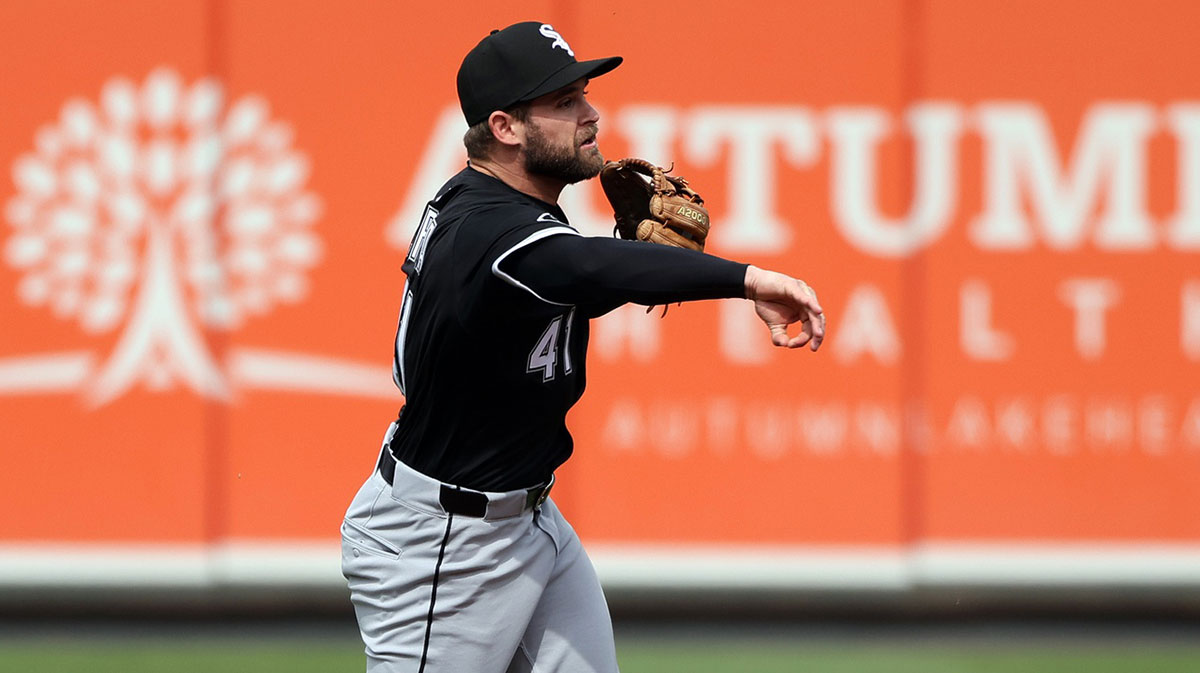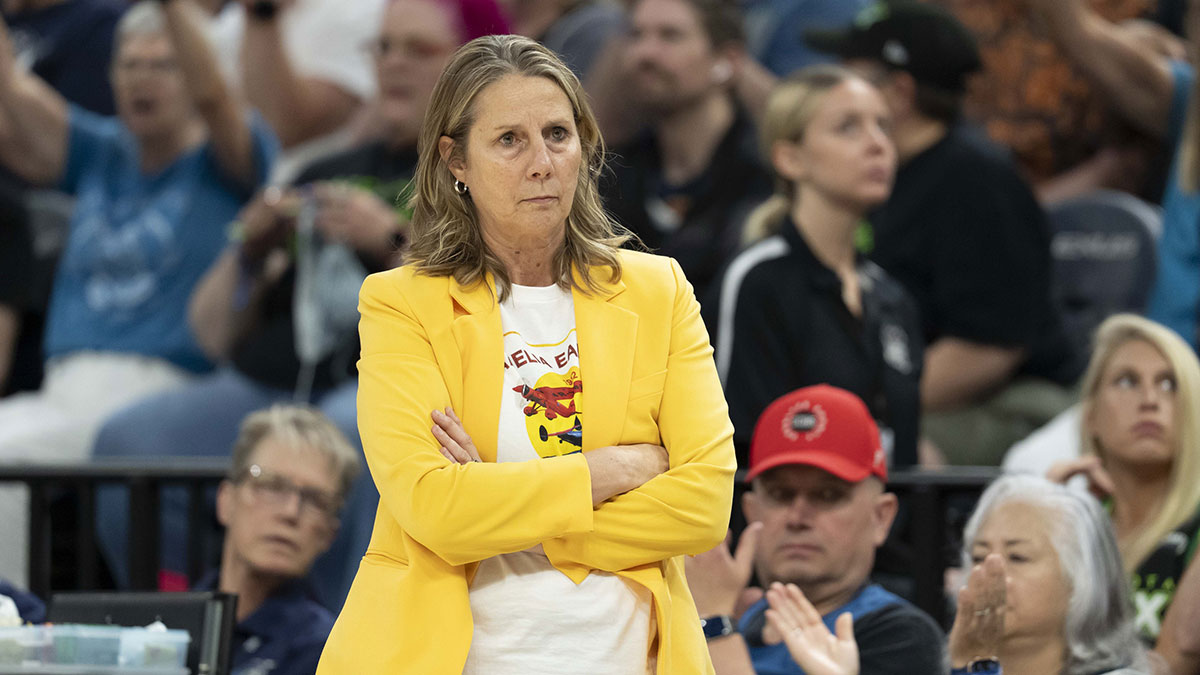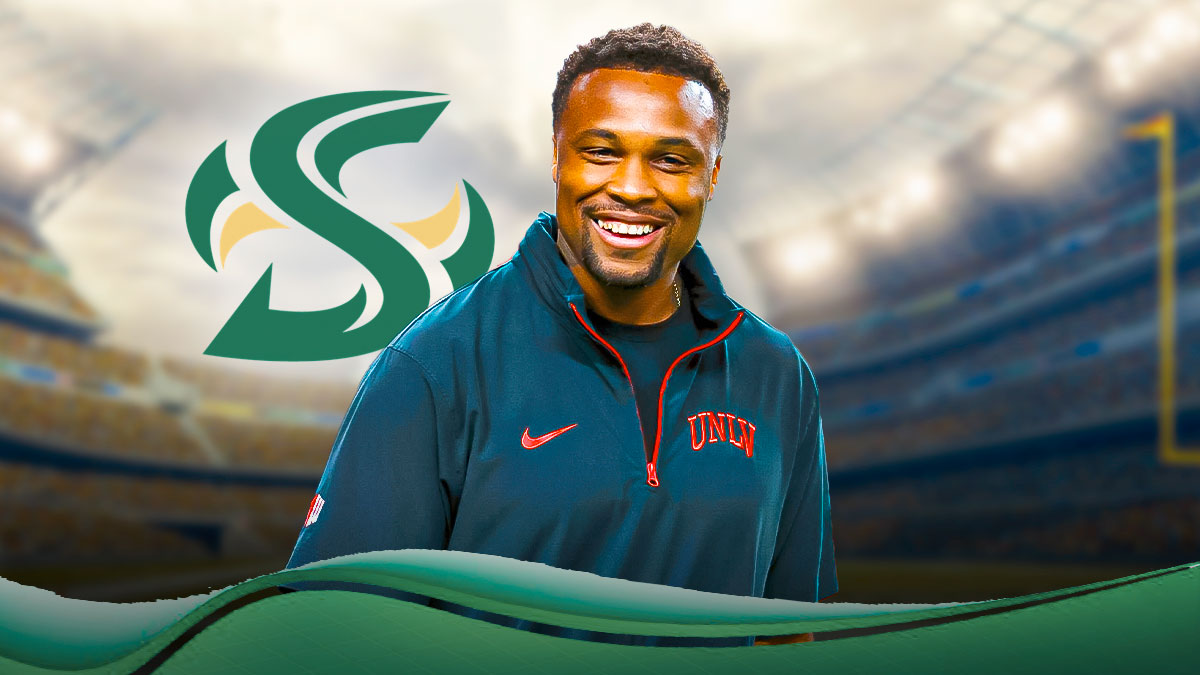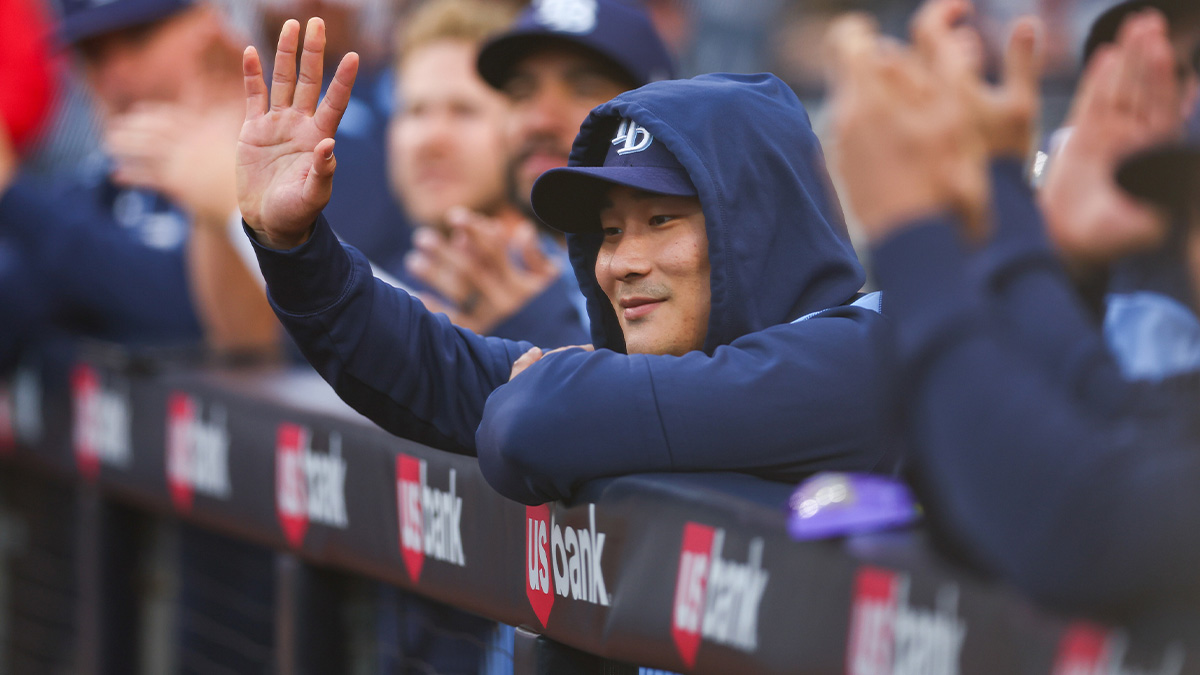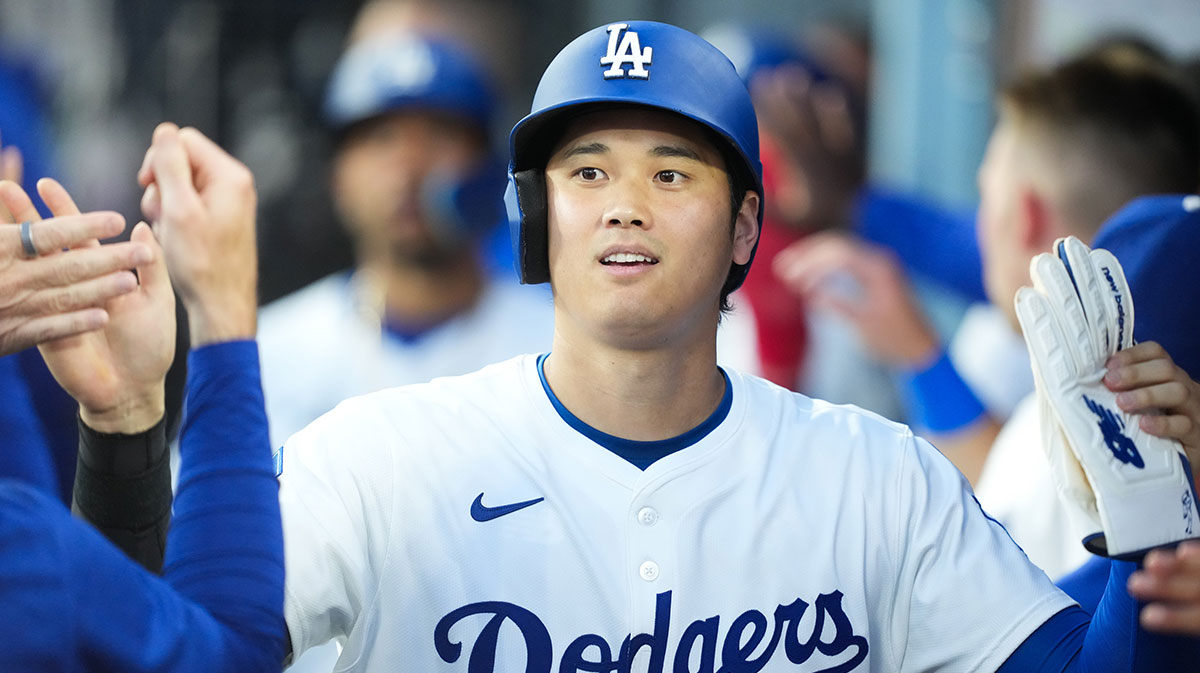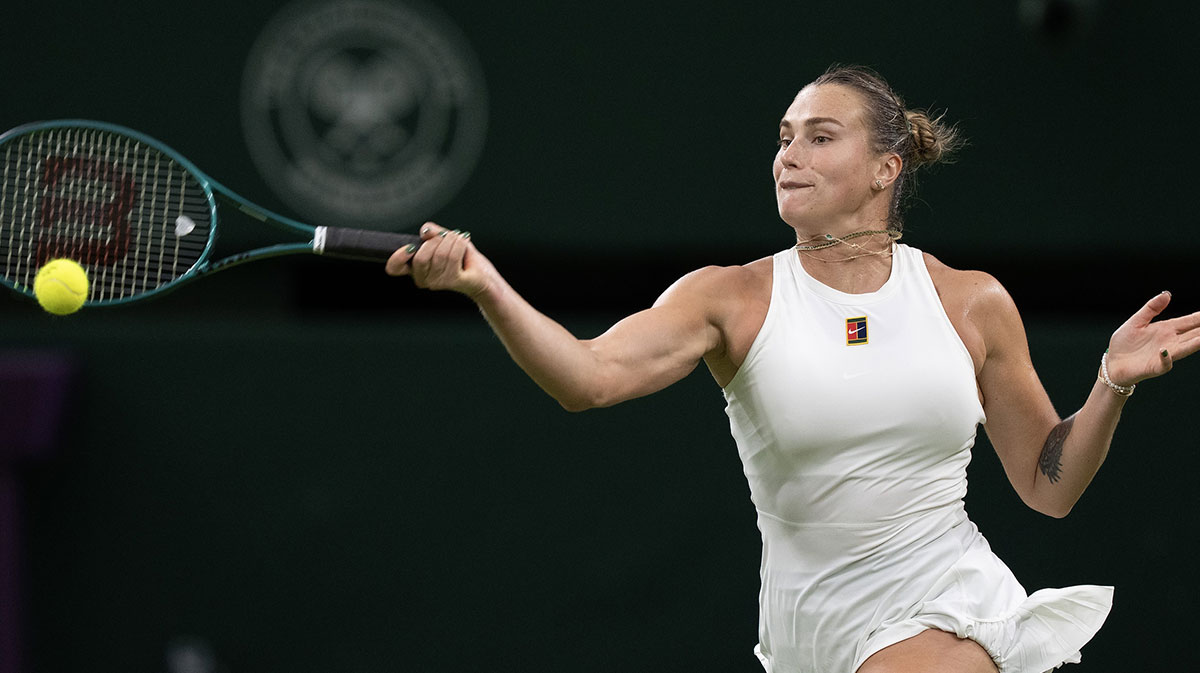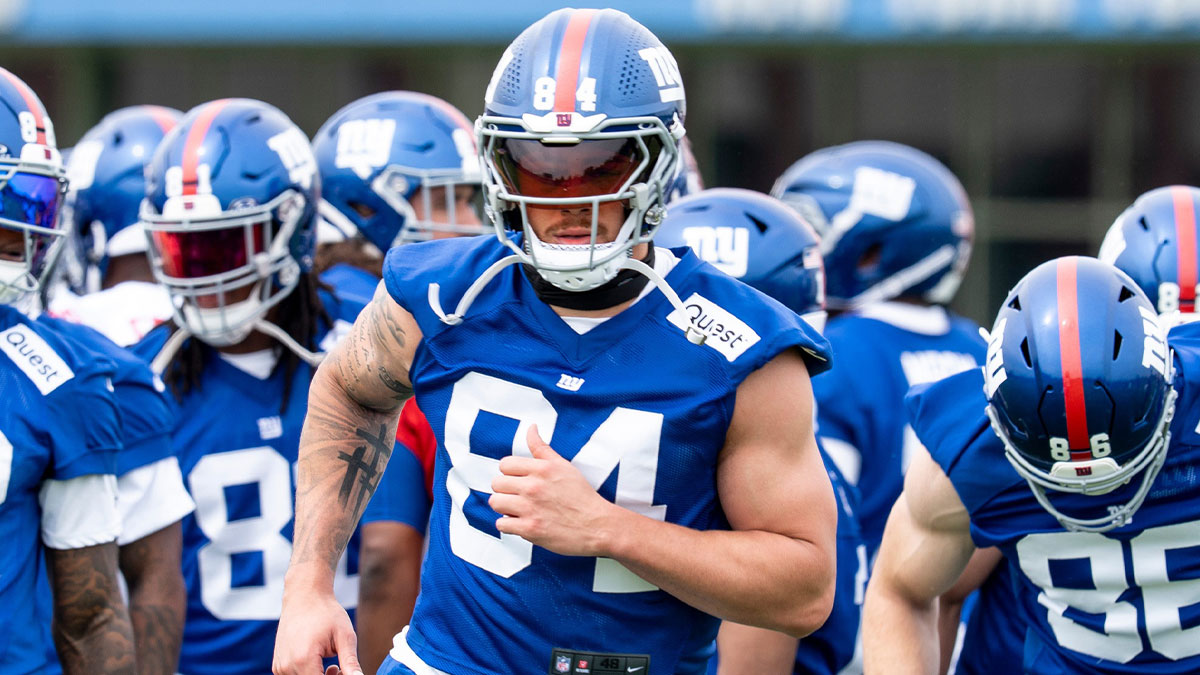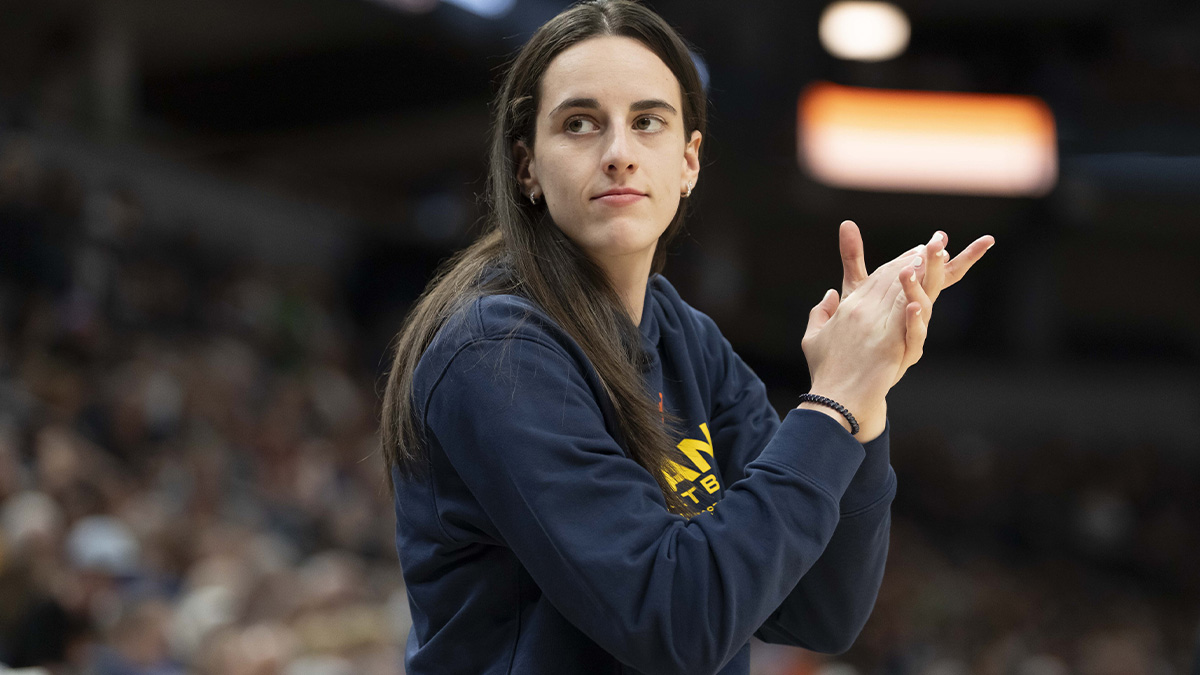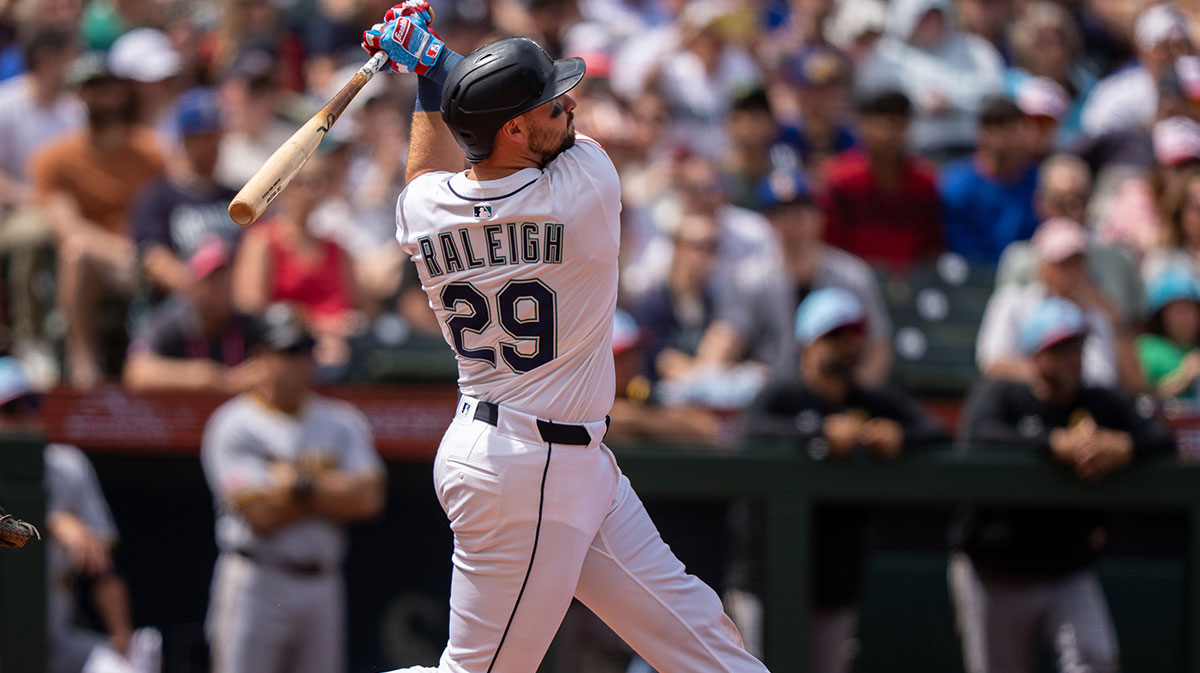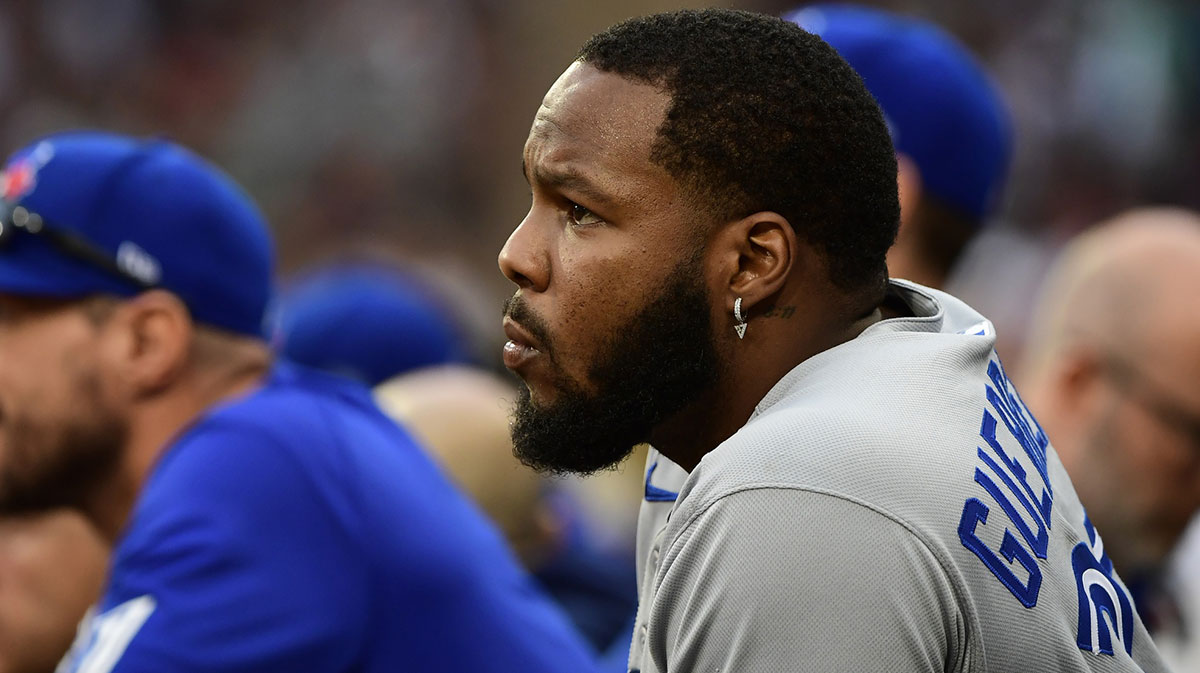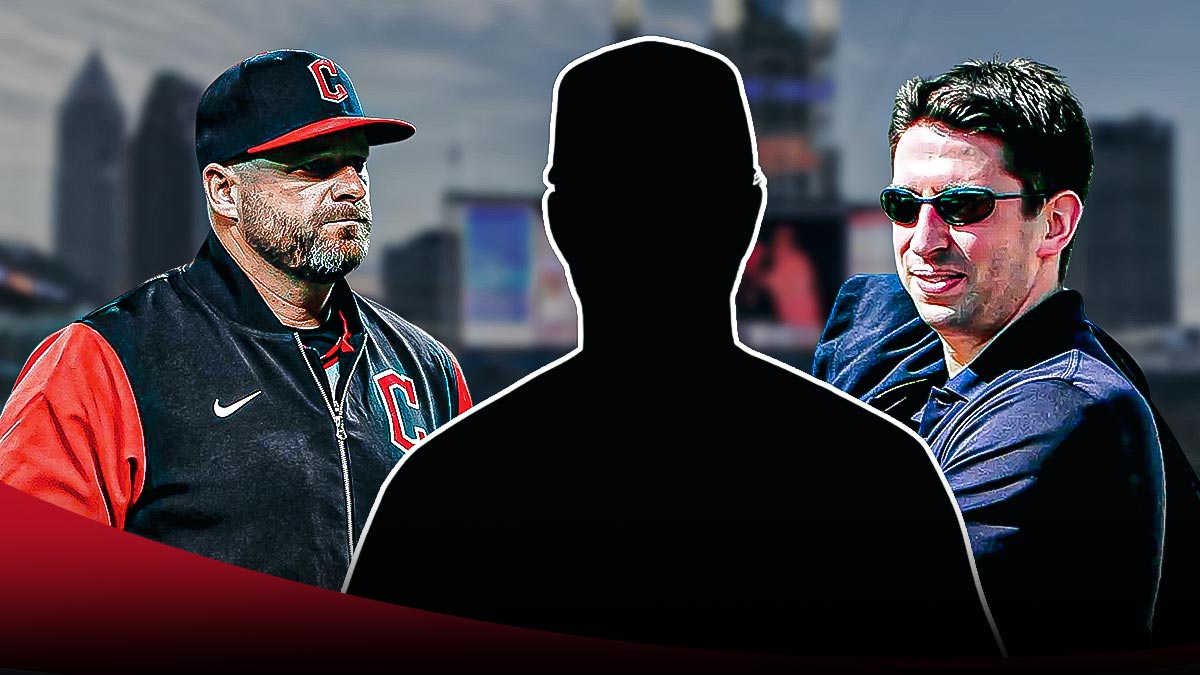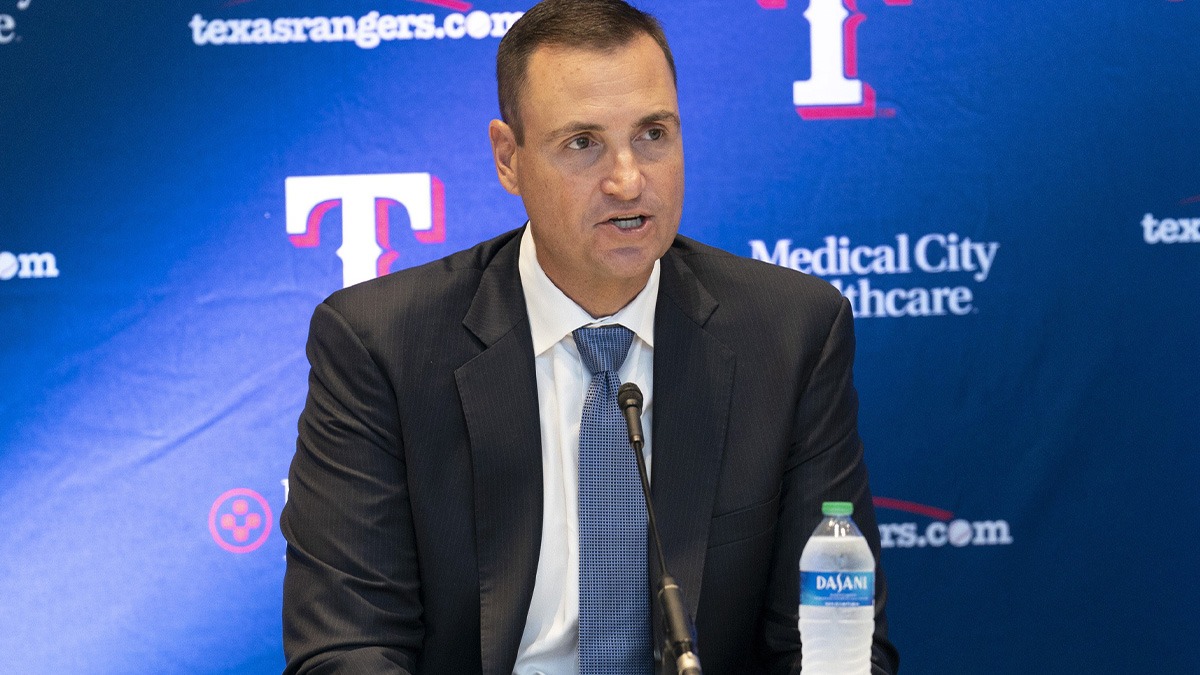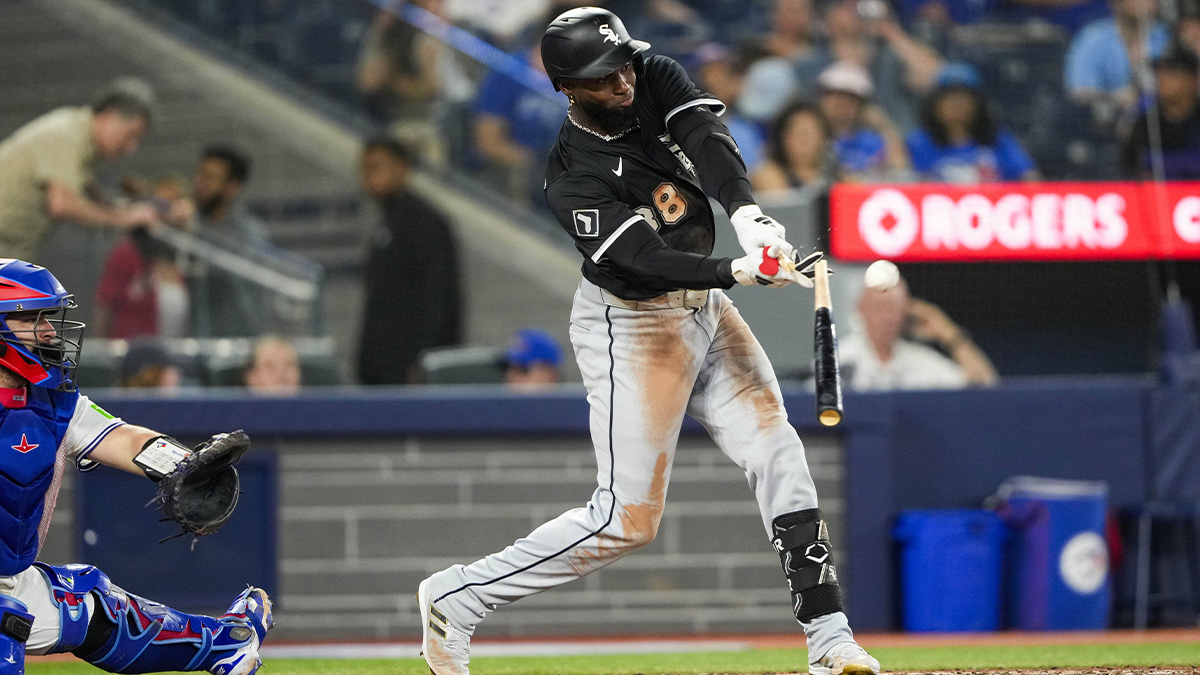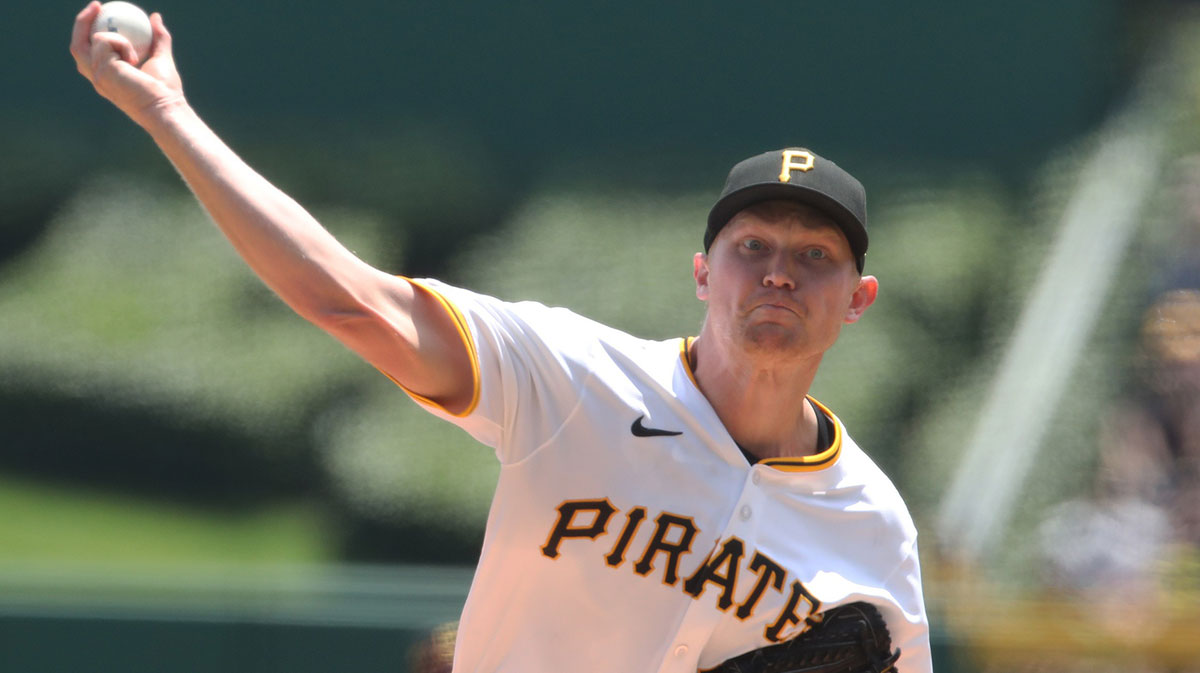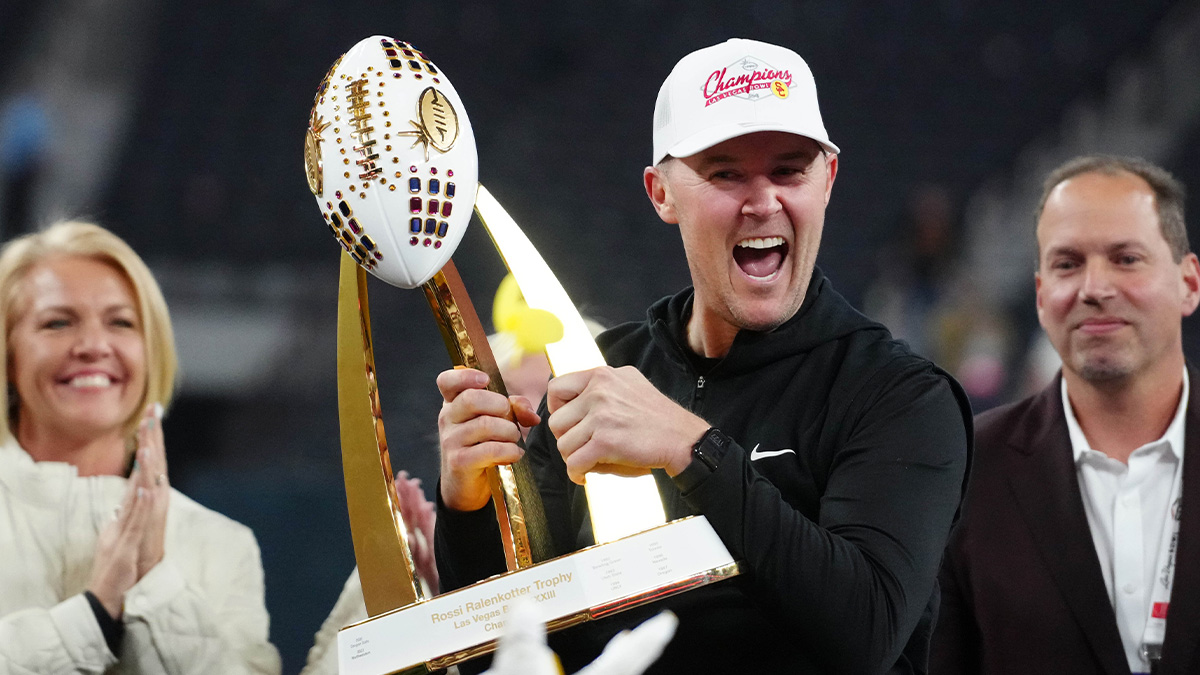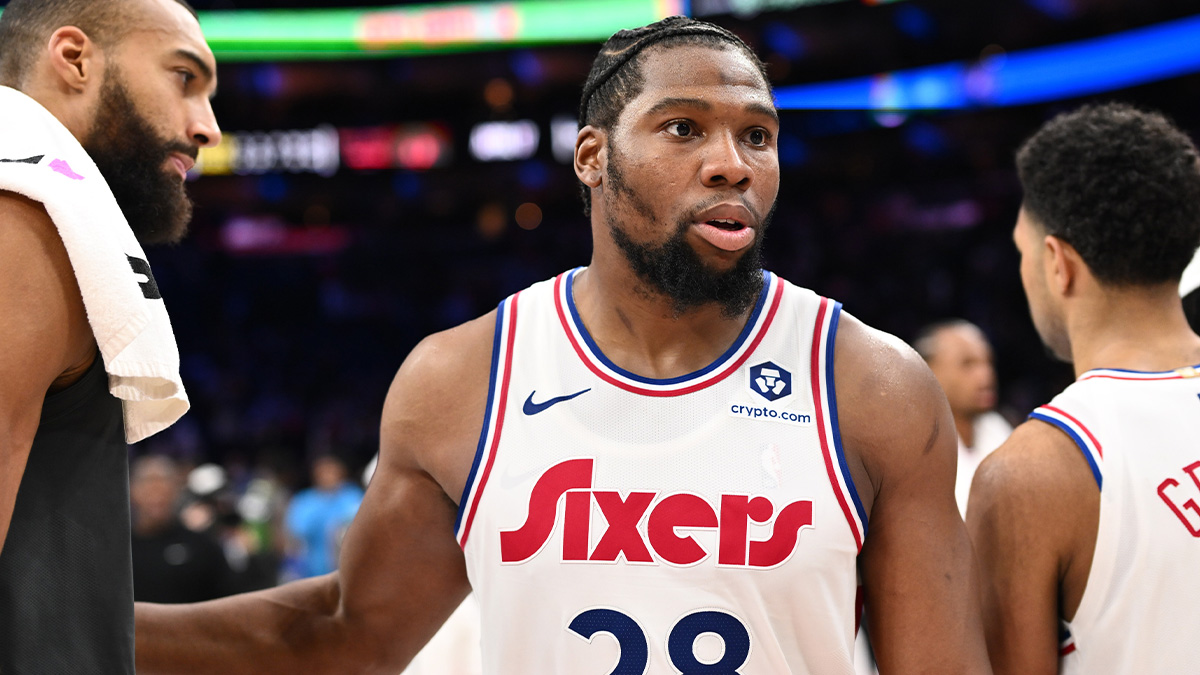The NBA’s position-less revolution of the past decade was supposed to free unique players from the shackles of positional rigidity.
While basketball’s values seemed to open, in truth, its rigidity merely divorced positions and wed styles.
Somehow, in a league looking to shed labels, the Los Angeles Lakers’ Julius Randle still found himself falling through the cracks of positional values.
Power forwards need to space the floor, centers need to protect the rim. For all his gifts, Randle does neither.
While his talent is undeniable, Randle’s fit on what has become the expected model for winning teams remains questionable. And so, entering the final year of his rookie contract, Julius Randle belonged more to an island of misfit toys than he did the Lakers’ future.
Now, he’s arguably Los Angeles’ best player.
Throwback to the future

Julius Randle’s original sin is his game, even in its versatility, is predicated on a skill set long since deemphasized.
Randle’s greatest strength was never how he stretched the floor or moved through space, but how he carved some out for himself in the trenches. At 6-foot-9 and 250 pounds, Randle came into the league a rhinoceros in an NBA looking for unicorns.
The post and brute strength isolations were the medium through which Randle painted with the ball in his hands. Though, in these endeavors he was only effective when buttressed by his rebounding numbers.
Even now, his points remain mostly in the paint, leaving so much of the rest of his canvas filled with negative space.

Post shots are inefficient, and even within this subcategory, Randle isn’t special. According to NBA.com’s tracking data, Randle scored 0.88 points per possession with his back to the basket, albeit on few attempts. For a frame of reference, the NBA’s most effective and frequent practitioners, LaMarcus Aldridge and Joel Embiid, average 0.98 points per possession on 7.6 and 6.6 attempts.
He simply lacks the requisite length to be a hub from the block.
From the elbows—an important spot for players of his archetype—he lacks the shooting touch and fear of God explosive burst to run an offense through.

Today’s analysis centers around optimization. If a player can’t be a hub at superstar level, he’s often expected to work into a low usage, high efficiency role.
By contrast, Randle, all power and lefty touch, is what you’d expect if Zach Randolph watched film of Antoine Walker and excised the most toxic portions of his game.
The Lakers’ plans

Julius Randle’s isn’t just a throwback to a previous era, but a former Lakers’ regime.
Magic Johnson and Rob Pelinka have no ties to Randle. They didn’t draft him and their plans beyond the season didn’t include him. The Lakers didn’t give him a contract extension when eligible. Worse than an inability to space the floor, Randle’s impending free agency status stresses the Lakers’ ability to space its salary cap sheets.
Plan A remains to clear the books for a run at LeBron James and a max free agent of his choice.

For most of the early season, this relegated Randle to the background and bench. Forwards Larry Nance and prized rookie Kyle Kuzma seemed better fits within the Lakers’ timeline.
Randle was relegated to an unsteady role and minutes.
Through Dec. 28, the former seventh overall pick averaged 12.5 points, 6.3 rebounds and 1.8 assists per game on 55.2 percent shooting. Randle came off the bench for all 33 games, playing just 22 minutes a night despite boasting the best net rating (-1.6) of all Los Angeles’ regular rotation players. Over that time, the Lakers went 11-22.
New year, new Lakers

On Dec. 29, Lakers Head Coach Luke Walton inserted Julius Randle into the starting lineup at power forward.
Perhaps it was time to showcase Randle to boost his trade value. Or, perhaps it had simply become too obvious he was one of the most effective players on a team with no draft pick to tank for.
Regardless, it was past time. In his first start, Randle scored 18 points and grabbed seven rebounds in a blowout loss to the Los Angeles Clippers.

But at the turn of the calendar, something clicked for Los Angeles. Since Jan. 1, the Lakers are 20-12 with Randle as a starter, averaging 29.5 minutes per game.
Over that time, Randle is playing like an All-Star, averaging 18.9 points and 9.1 rebounds while dishing out 3.3 assists per game. Through seven game in March, he’s been on an absolute tear, boasting an 11.9 net rating, fueling a Lakers’ offense to 114.2 points per 100 possessions when he’s on the floor.
Lakers reimagined

To figure out Julius Randle, first, the Lakers had to find themselves.
Lonzo Ball is Los Angeles’ face of the franchise, but he’s a different sort of beast from the point guards who’ve risen to prominence in recent years.
Few in the league are able to read and navigate the currents of NBA action like the Lakers’ 20-year-old rookie. Ball currently averages 10.5 points, 6.9 rebounds, and 7.0 assists. But he also lacks the gravity to raise the tides.
The flaws in Ball’s shot and lack of explosive athleticism still leave him low on a defense’s priority list. But he has set a culture that’s provided Los Angeles an identity.

There are no traditional hubs within Walton’s team. Instead, these Lakers are mobilized, weaponized length.
The Lakers have a gargantuan frontline with Brook Lopez, Julius Randle, and Brandon Ingram—or, in Ingram’s stead, Kuzma.
They use this size to clean up the defensive glass (eighth in defensive rebound percentage at 78.3 since Jan. 1) and run out for transition opportunities more than any other team in 2018.
Los Angeles moves its players and does so with pace, pursuing efficient shots. Here’s a look at their playing style per Nylon Calculus:

In 2018, five different rotation players have usage percentages of 20 or higher: Isaiah Thomas (29.7), Julius Randle (25.3), Brandon Ingram (22.3), Brook Lopez (21.4) and Kyle Kuzma (20.5).
The ball doesn’t always move freely from one player to the next, but the Lakers’ offense has decentralized, moving from different spots on the court.
Julius Randle rediscovered

Randle isn’t always the catalyst for the Lakers, but he’s often the exclamation mark.
.@J30_RANDLE with the dagger! 🔨 pic.twitter.com/r26KYHZ11z
— NBA TV (@NBATV) March 14, 2018
He’s the muscle behind the Lakers’ length.
The key to Randle isn’t in any one thing he’s great at, but how many different ways he can connect what he’s good at.
Power, mobility, and playmaking work in tandem to connect one thread to another.
Power and handle
Since his rookie season, Randle has added a handle, footwork, and refined sense of angles to his brute strength. He doesn’t blow past or leap over defenders, but he’s discovered the angles to go through them without drawing offensive fouls.
🎥 Julius Randle dropped 26 points to go along with his 13 rebounds in tonight's win over Denver #LakersWin pic.twitter.com/dt8E3cLJkg
— Los Angeles Lakers (@Lakers) March 14, 2018
Attacking switches
A strong base and quick spin make Randle a great problem solver against the league’s most trending defensive tactic: switching. Randle’s handle means he doesn’t have to be set up in a certain spot to reach it. His ability to gain ground, hold his position, and finish with craft and power make him a nightmare versus smaller players.
https://youtu.be/q_VyOR6Mtno
Even the sort of large wings who’ve made hay working as power forwards in smaller lineups bounce right off Randle:
https://twitter.com/Scott_Charlton/status/973022280824573952
https://twitter.com/Scott_Charlton/status/973025543678504960
Dribble handoffs
Pair Randle with a quality shooter in dribble handoff action, and he can use a defense’s reticence to switch against them, turning the corner in the blink of an eye.
https://youtu.be/KfMTTWtV894
Julius Randle and Isaiah Thomas have formed a nice duo since the Lakers added the diminutive point guard. Last week, the duo tormented Thomas’ former team, the Cleveland Cavaliers.
Thomas can use Randle’s screens to force the defense into a decision and exploit what it gives. Isaiah has slowly started regaining his burst, forcing Randle’s defender to show long enough to disrupt his path.
This creates passing lanes for Randle to step into for the pass or rebound. In 118 minutes together, the Lakers have a 26.0 net rating with Thomas and Randle on the court.
https://youtu.be/0-gaYSlcnwQ
Playmaking
Perhaps the most important development a young player can have in learning to win is learning plays called for him are for a team to score, not an individual.
Elbow and post touches don’t have to work as shots. They’re each fantastic ways of puncturing a defense without exposing a live dribble. In the middle of a defense, it’s harder to track ball and man.
Post and elbow touches for big men aren't archaic forms of offense. They're great ways to puncture the defense without exposing a live dribble. Make it harder to track ball and man. pic.twitter.com/WBcUaAXFPX
— Jesse Blanchard (@blanchardJRB) March 15, 2018
Randle is capable of walling off his defender and holding a defense’s attention as the action swirls around him. For a team lacking in off-the-dribble creators, this is a great way to stress a defense while setting off-ball screens.
For a team lacking in off-the-dribble creators, it's important to have someone who can hold his position inside and read a defense while off-ball screens and cuts develop. pic.twitter.com/ulvV9ltIWf
— Jesse Blanchard (@blanchardJRB) March 15, 2018
And, of course, Randle’s ability to read the defense and make plays on the move in space helps connect different Lakers’ actions.
I love this short roll to corner 3. One of the most important things a big man can learn in basketball. pic.twitter.com/IeipCY7Nzr
— Jesse Blanchard (@blanchardJRB) March 15, 2018
Moving forward, these passes are far more important to the Lakers than what Randle is, perhaps, most known for: grabbing the ball and making plays in transition:
Randle feeds Zubac for the fast break slam #GoLakers https://t.co/6CfEsQOSLO
— Los Angeles Lakers (@Lakers) October 8, 2016
The modern-day throwback

Julius Randle isn’t a rim protector, floor spacer, or go-to scorer. What he is, in today’s NBA, is a wedge and crowbar.
In a league trending towards switching defenses, Randle is a wedge capable of separating off-ball defenders from their assignments. Sometimes, the most innovative tactics are taking tried-and-true methods and finding new applications.
LeBron James still presents an upgraded version of everything Randle does. But, in the absence of James, Randle has proven himself to be a more than respectable draw next to any other free agent Los Angeles can recruit.
In a league predicated on manipulating space, Julius Randle has proven brute strength is still as viable a means as any.

